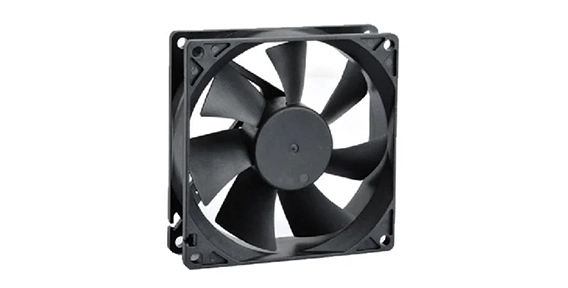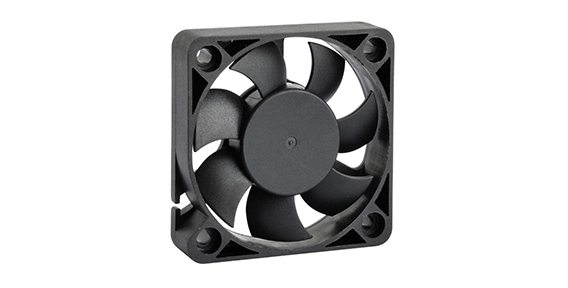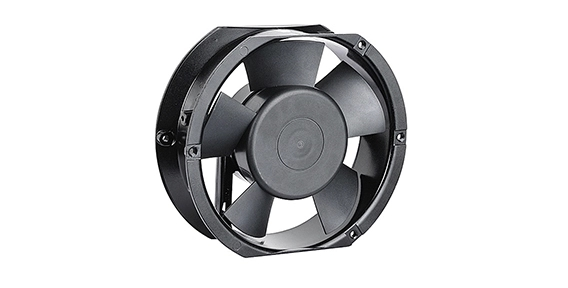The quest for an efficient cooling solution is paramount for PC enthusiasts and professionals alike. In this exploration, we delve into the considerations that define the best cooling fan for a PC, with a particular focus on the capabilities of DC cooling fans. Understanding the role of these fans, especially in the context of their axial cooling fan design, unveils the key to optimal thermal management in a PC.
The Significance of DC Cooling Fans in PC Cooling
DC cooling fans, driven by direct current power, have become synonymous with effective and energy-efficient PC cooling. These fans play a pivotal role in maintaining the optimal operating temperatures of critical components such as the CPU and GPU. The axial cooling fan design, where blades rotate around an axis to produce a linear airflow, ensures that cool air is directed precisely over heat-generating components, preventing overheating.

Factors Defining the Best DC Cooling Fan for PC
Several factors contribute to determining the best cooling fan for a PC, and understanding these considerations is crucial for making an informed choice.
Airflow and Static Pressure: Efficient cooling hinges on the ability of a fan to deliver a consistent airflow. DC cooling fans excel in providing a focused and directed airflow, a characteristic attributed to their axial cooling fan design. Additionally, static pressure, the force with which air is pushed through tight spaces, is a critical consideration. DC cooling fans, particularly those designed for high static pressure, prove effective in overcoming airflow resistance, making them suitable for applications such as radiator cooling.
Noise Levels: Silent operation is a desirable trait for PC cooling fans, especially for those seeking a quiet computing experience. DC cooling fans, with their energy-efficient design, often operate at lower speeds, resulting in reduced noise levels. PWM (Pulse Width Modulation) control in DC fans further enhances the ability to tailor fan speeds, contributing to a quieter overall system.
Size and Compatibility: PC cases vary in size and design, and the best cooling fan is one that fits seamlessly into the available space. DC cooling fans come in various sizes, with common dimensions such as 120mm and 140mm. Ensuring compatibility with the PC case and components is essential for effective cooling.

The Role of DC Cooling Fan Design in PC Cooling
The axial cooling fan design is a defining feature of DC cooling fans and is particularly advantageous in the context of PC cooling. The blades of an axial fan rotate parallel to the axis, generating a linear airflow that is directed over the heat-producing components. This focused airflow is instrumental in dissipating heat efficiently, making axial fans an ideal choice for PC cooling.
DC Cooling Fans for CPU Cooling
In the realm of PC cooling, the CPU is a primary focus, and choosing the right cooling fan is crucial for maintaining optimal temperatures. DC cooling fans designed for CPU cooling often come with features such as heat pipes and heat sinks to enhance thermal dissipation. The axial cooling fan, working in tandem with these features, ensures that heat is efficiently drawn away from the CPU, preventing thermal throttling and maintaining consistent performance.
In conclusion, the best cooling fan for a PC is a nuanced choice that depends on various factors, with DC cooling fans standing out for their efficiency and versatility. The axial cooling fan design, coupled with technological innovations, ensures that these fans contribute significantly to maintaining the ideal operating temperatures of a PC. Whether for CPU or GPU cooling, DC cooling fans play a pivotal role in enhancing the overall performance and longevity of a PC, making them a cornerstone in the world of PC thermal management.

 EN
EN 
 +
+
 +
+
 +
+



